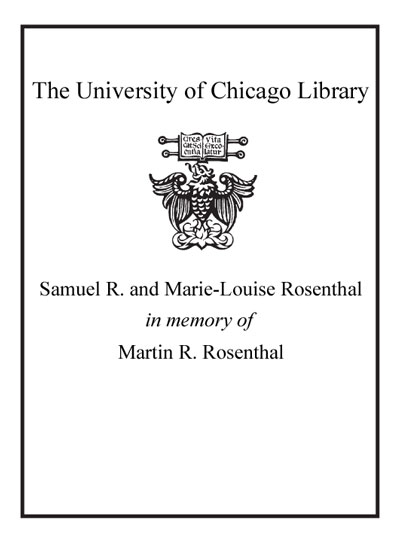Review by Booklist Review
Founded just after the First Crusade, the Knights of the Temple was a military-religious order subject only to the pope and dedicated to Christian rule of the Holy Land. It lasted beyond the fall of the Crusader states by becoming a bank for Western Europe's superwealthy. Choosy about lending, the Templars frustrated French king Philip IV, who in 1307 had every Templar he could reach condemned by the Inquisition and arrested. He didn't tell Pope Clement V because he was still smarting from Boniface VIII's censuring him for taxing and trying to bring the French church under his control. Clement eventually disbanded the Templars, and Philip executed its leaders, but its property went to another military order. Clement didn't condemn the order, however, and didn't say why, though it was long rumored that he had interrogated the leaders. In September 2001, Frale found the record of that interrogation. She discloses its revelations immediately, which doesn't vitiate the ensuing historical overview. Indeed, consider this little book the first-choice primer on its legend-laden subject.--Olson, Ray Copyright 2008 Booklist
From Booklist, Copyright (c) American Library Association. Used with permission.
Review by Library Journal Review
In 1307, Philip IV of France arrested the Knights Templar, a holy order dedicated to retaking Jerusalem, on charges of blasphemy, idolatry, and sodomy. Since then, speculation about the order's practices has been widespread, with various authors calling them either martyrs or sorcerers. Here, Frale, a historian at the Vatican Secret Archives, provides a new history of this mysterious order. Though other books, most notably Malcolm Barber's The New Knighthood, provide a more comprehensive examination, Frale draws on newly discovered legal documents from the archives relating to the Templars' initiation ceremony. These documents are crucial for understanding the charges against the knights. Frale tantalizes us with hints of further research underway on her part, relating to other aspects of the legend, but the bibliographic notes in this book are insufficient for tracking down what information came from which source heretofore. Overall, though, the work is a solid contribution on a topic where misinformation is rife and where there is little comparable material available in English. Readers interested in the history behind Dan Brown's The Da Vinci Code will find this book illuminating. Suitable for public and academic libraries.-Daniel Harms, SUNY at Cortland Lib. (c) Copyright 2010. Library Journals LLC, a wholly owned subsidiary of Media Source, Inc. No redistribution permitted.
(c) Copyright Library Journals LLC, a wholly owned subsidiary of Media Source, Inc. No redistribution permitted.
Review by Kirkus Book Review
Vatican historian Frale supplies plenty of facts about the controversial Crusaders. In these postDa Vinci Code days, the very mention of the Templars is enough to spark readers' curiosity, yet the true history of this shadowy order of warrior-monks has more often than not been misrepresented in film and fiction. The author debunks common delusions about the origins, organization, rise to prominence and ultimate demise of the Knights Templar, using troves of documents she unearthed from the Vatican Secret Archives. The military order was originally intended to protect the interests of the king of Jerusalem during the Christian occupation of the Holy Land between the 12th and 14th centuries. The ideal Templar was a knight whose religious devotion and piety were strong enough that he would take vows of poverty and chastity, offering his body in sacrifice to defend Christians against Saracen threats. The Templars enjoyed an unprecedented degree of independent governance. They were not required to answer to any church authority except the pope, nor was their strictly regulated income subject to taxation by secular rulers. Since no other monastic order in the Catholic tradition had ever born arms against actual rather than spiritual enemies, the foundation of the group required some creative theological solutions. Once the Christian territories in the Middle East had been lost and the Crusades no longer inspired the masses to war, the Templars continued to serve as bankers to Europe's potentates, a role that, coupled with their shocking initiation practices, would prove the order's undoing. Perhaps by design, the subject's enormous popular appeal is not reflected in Frale's prose; her straightforward history privileges names and dates over an entertaining narrative. Detailed chronicles of each Crusade and the political workings of successive popes overshadow the story of the Templars themselves. A good resource for scholars, but not particularly satisfying as a revelation of "secret history." Copyright Kirkus Reviews, used with permission.
Copyright (c) Kirkus Reviews, used with permission.
Review by Booklist Review
Review by Library Journal Review
Review by Kirkus Book Review

